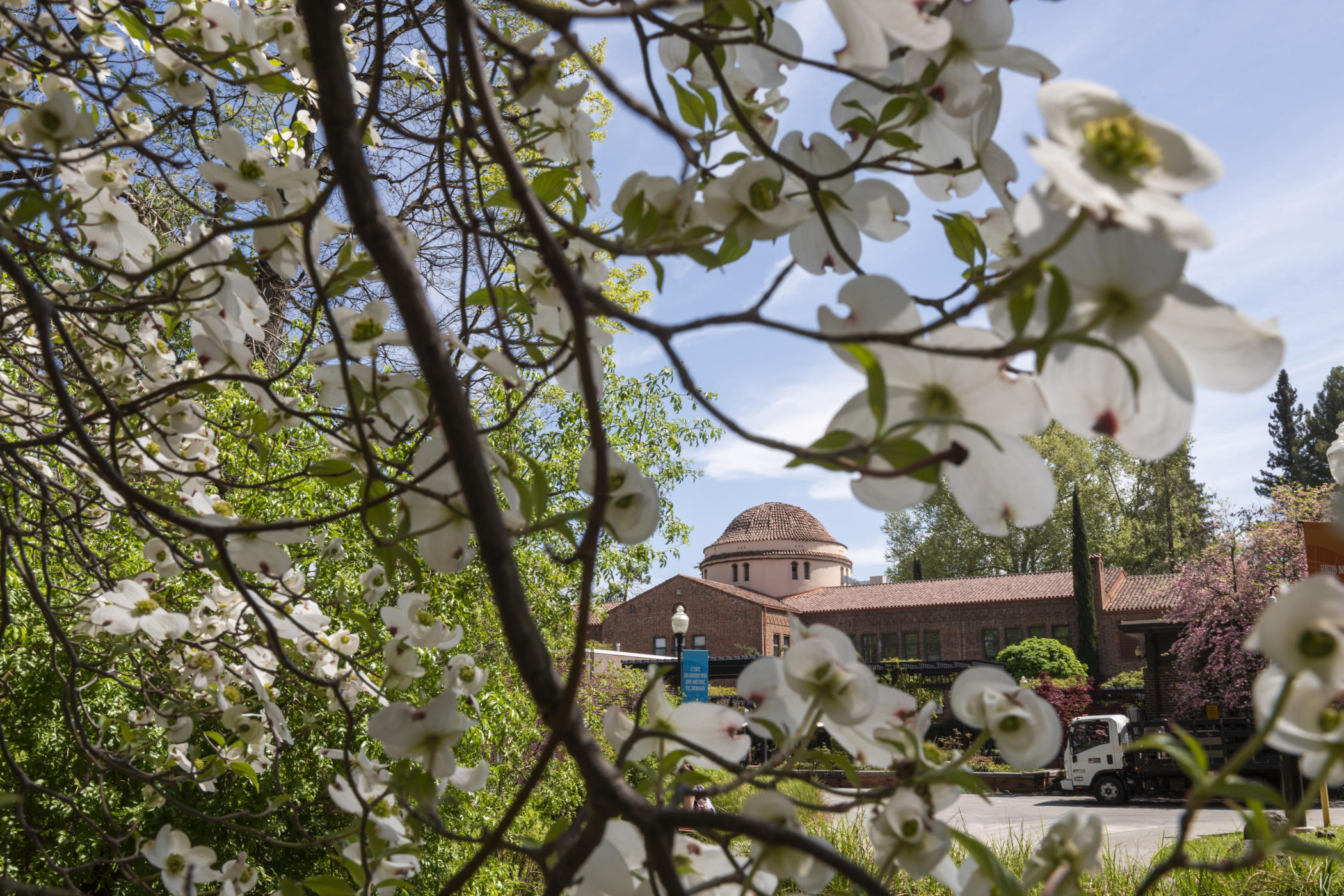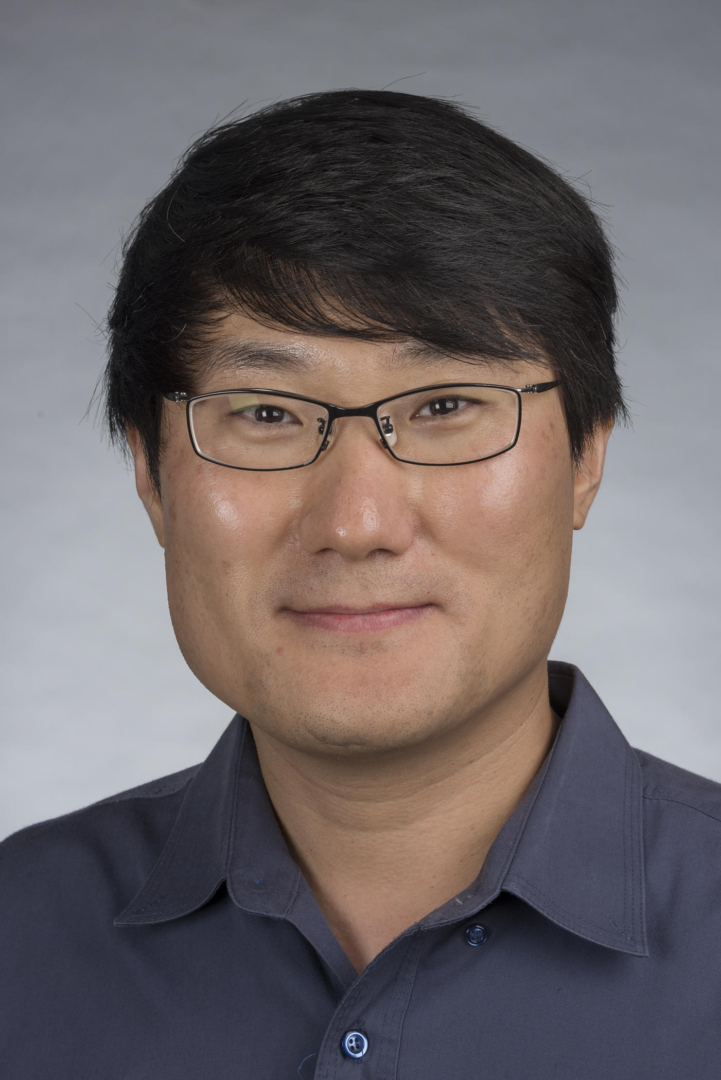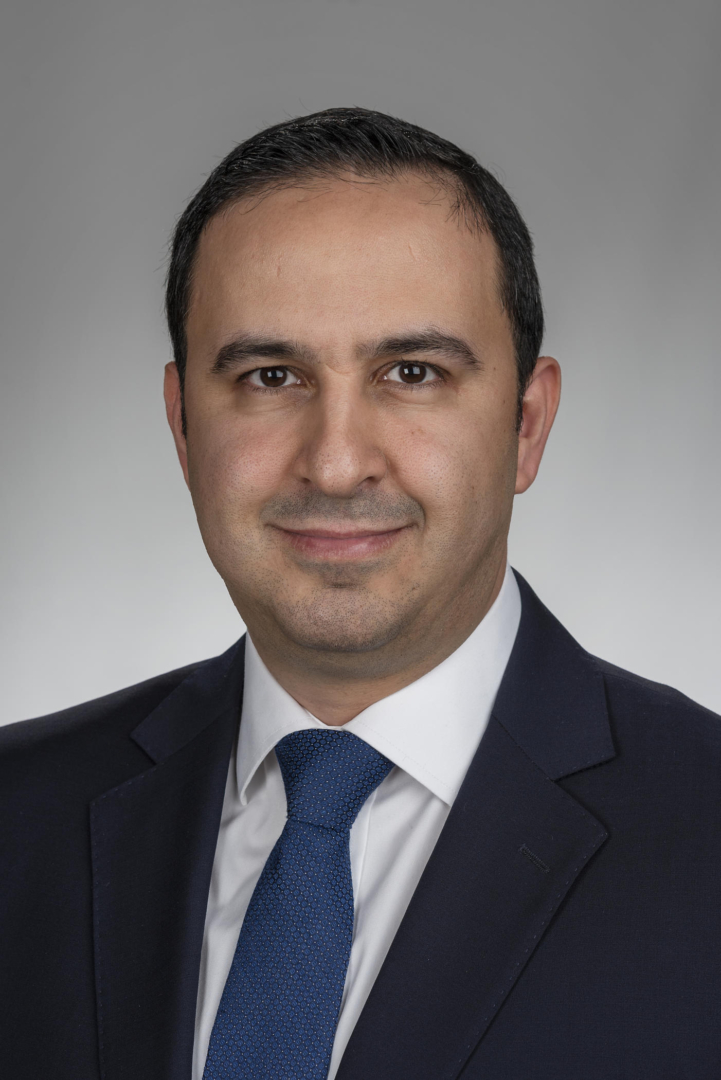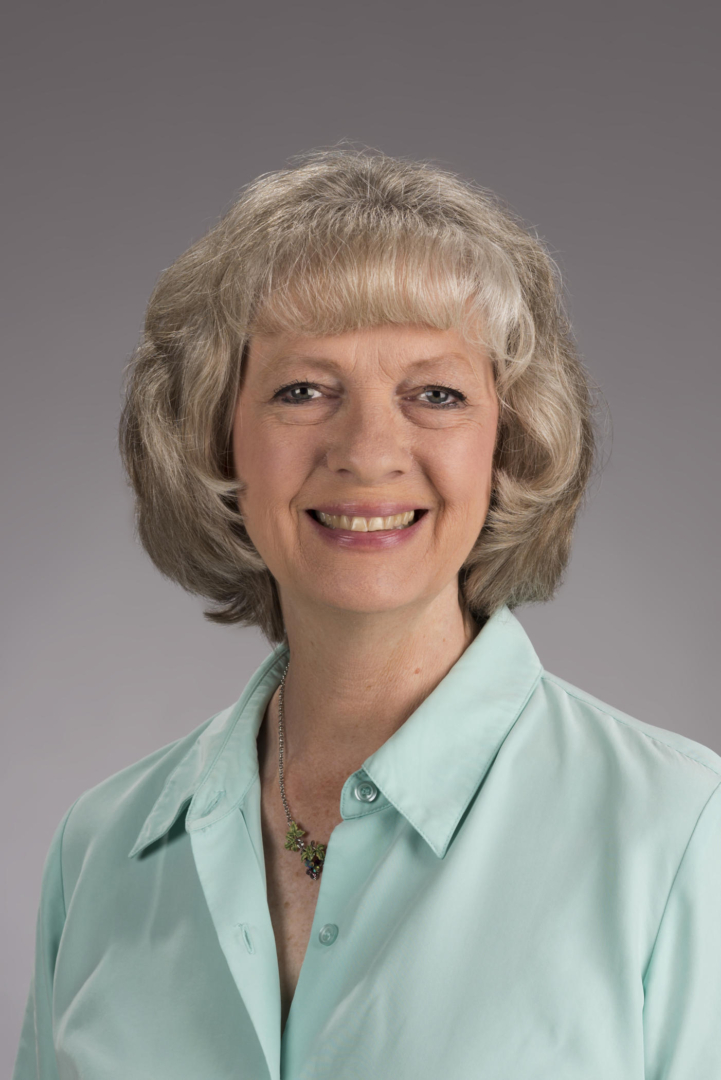Faculty Showcase Offers Chance to Be ‘Inspired’

Kendall Hall is seen through the trees that bloom along the Creekside Educational Garden on Monday, April 9, 2018 in Chico, Calif. (Jason Halley/University Photographer/CSU Chico)
Every year, Meriam Library and Chico State Enterprises come together to celebrate the exceptional work and achievements of our faculty. This year, Inspired 2022 will celebrate research, creative works, and campus awards for dozens of individuals. It will be held on Zoom on Wednesday, April 6, from 3:30 to 5 p.m. View more details.
The event will also celebrate faculty who persisted in getting published amid the pandemic. Several share their work and visions here:
Jaebong Son, Assistant Professor of Management Information Systems

Son’s article “Using a Heuristic-Systematic Model to Assess the Twitter User Profile’s Impact on Disaster Tweet Credibility” was published by the International Journal of Information Management in October 2020. As Son notes, one problem of short-length disaster tweets (i.e., up to 140 characters) is the credibility of tweet content, as Twitter users are amateur citizen journalists and Twitter lacks gatekeeping. Nonetheless, information on Twitter is disseminated much faster than traditional media. Hence, he investigated factors influencing disaster tweets’ credibility, empirically showing that Twitter users’ profiles positively affect the credibility of disaster tweets, contributing to faster retweeting or information dissemination.
Why was this work important or interesting to you?
Are tweets credible during disasters? According to the literature in disaster or emergency management, information credibility matters. In this study, I revealed that Twitter users’ profile information (e.g., followers, followees, likes, etc.) is not just numbers, but credibility cues, such as reputation credibility and endorsement credibility. This study contributes to enhancing our understanding of why short-length tweets are spread quickly and widely among Twitter users during disasters.
How did you persist toward getting published during the pandemic?
No magic here, I believe. I was trying to keep my pace as usual while working harder than before. For my peace of mind, I was more patient after submitting manuscripts, as the review process has become slower in reviewer selection and editorial decision.
What comes next for you—with this research or any other projects?
As a follow-up study, I have investigated the roles of nonverbal linguistic conventions (e.g., emojis and emoticons) conveyed in tweets for exchanging disaster information. Sometimes, an emoji may better express one’s sad feeling.
Hassan Salehi, Assistant Professor of Electrical and Computer Engineering

Salehi’s article, “Hierarchical CNN-Based Occlusal Surface Morphology Analysis for Classifying Posterior Tooth Type Using Augmented Images from 3D Dental Surface Models,” was published by Computer Methods and Programs in Biomedicine in September 2021. Salehi’s objective was to create a bridge between engineering and dental medicine. In this research, he and his co-authors developed artificial intelligence, more specifically deep learning algorithms, to process and analyze radiographic images to overcome some challenges faced by oral radiologists and dentists.
Why was this work important or interesting to you?
I believe in advancing technology for humanity and always have tried to design engineering tools and develop scientific solutions for medical and biomedical applications. This work is a great example of providing an engineering solution for a dental medicine application.
How did you persist toward getting published during the pandemic?
It was challenging to conduct cutting-edge research and publish quality research articles due to having limited access to research facilities and the tremendous load that was caused by the pandemic itself. Nevertheless, we tried to work harder and dedicate more time and efforts to get it done properly.
What comes next for you—with this research or any other projects?
Another ongoing research project in my lab is “deep learning-based quantitative analysis of optical coherence tomography (OCT) images for early dental caries detection.” It was funded by the National Science Foundation NSF MRI Grant. Last month, I presented a research paper from this project titled “Comparison of deep convolutional neural network models with OCT images for dental caries classification” at SPIE Medical Imaging Conference. Also, in collaboration with the College of Agriculture, we are developing a digital image analysis tool to analyze images of legume roots and characterize their nodulation. This work has been funded by CSU ARI Grant. To learn more about my research and ongoing projects, please visit my lab website.
Karin Lightfoot, Director of the School of Nursing

Lightfoot’s article, “Building Coalitions: A Statewide Nursing Organization’s Role in Changing Nursing Education Regulation During the COVID-19 Pandemic,” was published in the Journal of Professional Nursing in May 2021. As she explains, the California Board of Registered Nursing (BRN) has excessive restrictions in place that impact clinical placements, hiring of nursing faculty, and restrict the amount of time allowed for students to learn using simulation (a highly effective and safe means for teaching clinical reasoning skills to nursing students). Leaders in nursing education across the state worked collaboratively to share their common concerns with state legislators, resulting in the passage of legislation that allowed increased use of simulation during the COVID-19 pandemic.
Why was this work important or interesting to you?
It addressed how CACN (California Association of Colleges of Nursing) leadership collaborated with leaders from the Community College Schools of Nursing to bring issues to the attention of state legislators so we can collectively develop strategies to update nursing education legislation. I often speak with our students about the importance of contributing to nursing knowledge and the need to use their voices to advocate for health care and nursing practice. I try to walk the talk and lead by example. While we were certainly busy at our own Schools of Nursing, ensuring our students and faculty had the support and resources needed to continue our mission and goals, we felt it was also important to work with our state partners to address challenges we all faced.
How did you persist toward getting published during the pandemic?
By working with a team of authors that kept us all on task, even when we were working long days taking care of the needs of our own Schools of Nursing. In addition, each member of the team brought their own expertise that collectively made our article strong.
What comes next for you—with this research or any other projects?
In the future, I hope to engage in more research specific to effective teaching methods to improve nursing education, including the use of simulation and other alternate modes of instruction. Last year, I presented at the American Public Health Association annual conference, where I shared my research about having nursing students provide care at a Camp Fire shelter and the impact it had on their education.


